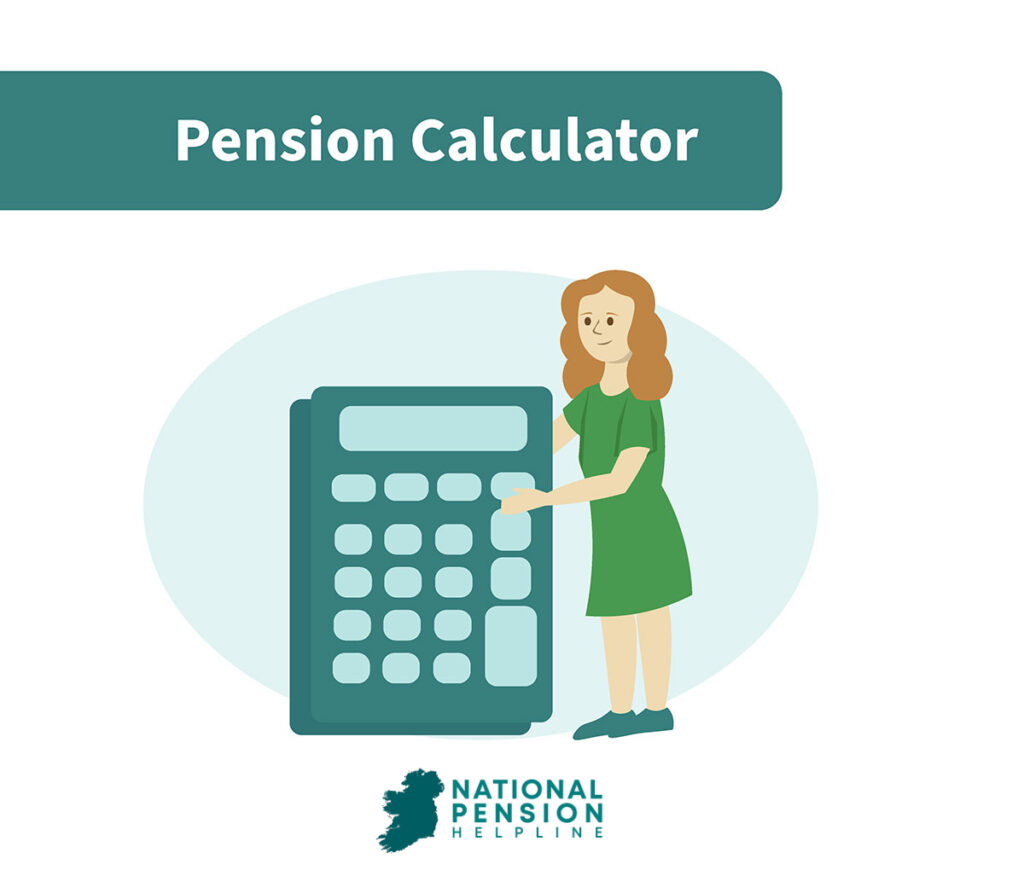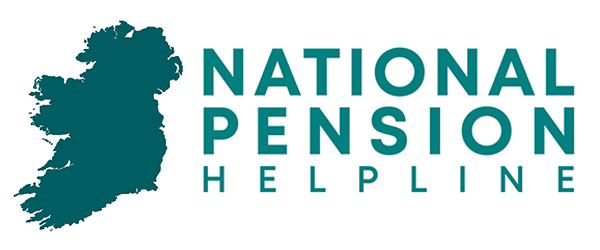Income Tax Calculator Ireland
Your 2022 income tax results versus 2021
| 2022 | 2021 | |
|---|---|---|
| Annual salary (before pension contributions) | € 0.00 | € 0.00 |
| Annual salary (after pension contributions) | € 0.00 | € 0.00 |
| Gross income | € | € |
| Tax Payable 20% | € 0.00 | € 0.00 |
| Tax payable 40% | € 0.00 | € 0.00 |
| Total tax liability | € 0.00 | € 0.00 |
| Personal tax credits (less) | € 0.00 | € 0.00 |
| Net tax due | € | € 0.00 |
| PRSI | € | € |
| Universal social charge | € 0.00 | € 0.00 |
| Total deductions | € 0.00 | € 0.00 |
| Annual disposable income | € 0.00 | € 0.00 |
| Monthly disposable income | € 0.00 | € 0.00 |
| Weekly disposable income | € 0.00 | € 0.00 |
Total difference between 2021 and 2022
| Annual disposable income | € 0 |
| Monthly disposable income | € 0 |
| Weekly disposable income | € 0 |
Tax Calculator Ireland
Our income tax calculator will help to show you how to calculate your income tax return. It is a useful tool that takes your personal circumstances and salary into consideration and gives instant results on your income tax return. It is updated with the most recent tax information relevant to the Republic of Ireland to provide optimum results.
How can I calculate my income tax?
By inputting some brief details about yourself in our easy-to-use calculator, you will receive instant results on your predicted income tax return payment.
PAYE Calculator (Pay As You Earn)?
Nearly all income is liable to tax. Tax on income that you earn from employment is deducted from your wages by your employer on behalf of Revenue. This is known as Pay As You Earn (PAYE). The amount of tax that you have to pay will depend on the amount of the income that you earn and on your personal circumstances. There are a range of income tax reliefs available that can reduce the amount of tax that you have to pay.
What is PRSI (Pay Related Social Insurance)?
Most employers and employees (over 16 years of age and under 66) pay social insurance (PRSI) contributions into the national Social Insurance Fund. Typically, payment of social insurance is compulsory. The term “insurable employment” is used to describe employment that is liable for social insurance contributions. Some people who have unearned income are also liable for PRSI.
The Social Insurance Fund is made up of a current account and an investment account managed by the Minister for Social Protection and the Minister for Finance, respectively. The current account consists of monies collected from people in employment. This money is then used to fund social insurance payments. The investment account is a savings account that is managed by the Minister for Finance. The Comptroller and Auditor General is responsible for ensuring that the accounts are kept in order and reports are made to the Houses of the Oireachtas.
What is USC (Universal Social Charge)?
The Universal Social Charge (USC) is a tax on your income. It is charged on your gross income before any pension contributions or PRSI. You cannot use tax credits or tax relief (except for certain capital allowances) to reduce the amount you must pay.
What are the tax rates and standard cut off points?
Tax is charged as a percentage of your income. The percentage that you pay depends on the amount of your income. The first part of your income, up to a certain amount, is taxed at 20 per cent. This is known as the standard rate of tax and the amount that it applies to is known as the standard rate tax band.
The remainder of your income is taxed at the higher rate of tax at 40 per cent.
The amount that you can earn before you start to pay the higher rate of tax is known as your standard rate cut-off point. Here are some examples:
| Tax Classification | 20% Bracket | 40% Bracket |
|---|---|---|
| Single Person | €36,800 | Balance |
| Married couple/civil partners, one income | €45,800 | Balance |
| Married couple/civil partners, two incomes | Up to Up to €73,600 | Balance |
| One parent families | €40,800 | Balance |
If one person is earning €48,000 and their spouse or civil partner is earning €29,000 then:
The standard rate cut off point for the couple is €45,800 plus €27,800. The increase in the standard rate band is not transferable between spouses or civil partners, so the first spouse or civil partner’s tax bands would be calculated as €45,800 @ 20 per cent = €9,160 and €2,200 @ 40 per cent = €880. The second spouse or civil partner’s tax bands would be calculated as €27,800 @ 20 per cent = €5,560 and €1,200 @ 40 per cent = €480.
What are tax credits?
Tax credits reduce the amount of tax you pay.
What are tax reliefs?
Tax reliefs reduce the amount of income that you pay tax on. The tax credits and reliefs you are entitled to depend on your personal circumstances.
How do tax credits work?
Tax is calculated as a percentage of your income. Your tax credits are deducted from this to give the amount of tax that you have to pay. A tax credit will reduce your tax by the amount of the credit.
Everyone is entitled to a personal tax credit.
There are personal tax credits for:
- Single people
- People who are married or in a civil partnership
- People who are widowed or are surviving civil partners
If you are in employment, getting a pension or getting a taxable social welfare payment e.g. Jobseeker’s Benefit you are also entitled to Employee Tax Credit (formerly known as PAYE tax credit) of €1,700.
For example, if you are single and in employment you are entitled to an annual tax credit of €1,700 and the Employee Tax Credit of €1,700. When the total amount of tax you owe is calculated, then €3,400 will be deducted from this.
That means that if you earn €17,000 or less then you do not pay any income tax (because your tax credits of €3,400 are more than or equal to the amount of tax you are due to pay). However, you might need to pay a Universal Social Charge (if your income is over €13,000) and PRSI (depending on how much you earn each week).
If you are married or in a civil partnership, you have the option of sharing tax credits and tax bands between you and your spouse or civil partner. If one spouse or civil partner works in the home, caring for one or more dependent people, you may be able to claim a Home carer Tax credit.
What tax credits are available?
- Find out what tax credits are available here (Link to a separate page?)
- Tax credits for people with disabilities (Link to a separate page?)
What is a tax allowance?
There are Tax allowances that can reduce the amount of tax that you have to pay. The amount by which a tax allowance will reduce your tax depends on what your highest rate of tax is. This is because the allowance is subtracted from your income before it is taxed. It is “taken off the top” of your income which can then be taxed at either the standard or higher rate, depending on your income level.
For example, if you have a tax allowance of €200 and your highest rate of tax is 20 per cent, then this means that the amount of your income that is taxed at this rate is reduced by €200 and so your tax is reduced by €40 (€200 x 20 per cent).
If you have the same tax allowance of €200 but the highest rate of tax that you pay is 40 per cent, then the amount of your income that is taxed at 40 per cent is reduced by €200 and so your tax reduction is €80 (€200 x 40 per cent).
This is known as tax allowance at the marginal rate.
When your employer is taking allowances into account in calculating your income tax, it is done is by adjusting your standard rate cut-off point.
Allowances at the marginal rate include: Tax relief on employing a carer for an incapacitated person, Tax relief on pension contributions, Guide Dog Allowance and Seafarer’s Allowance.
What is a Tax credit certificate?
Your tax credit certificate shows the rate of tax that applies to your income and the tax credits you are entitled to. You can view, print or download your tax credit certificate through the online service with revenue.ie
At the start of the tax year, Revenue will automatically issue you a new tax credit certificate. Employers are given a Revenue Payroll Notification (RPN) and they can deduct the correct amount of tax. If your circumstances change during the year, Revenue will update your tax credit certificate and RPN.
Your tax credit certificate and RPN instructs your employer whether to calculate the tax you owe using:
- Cumulative basis
- Week 1 basis
- Temporary basis or emergency tax
What is a Cumulative basis?
Most people are taxed on a cumulative basis which ensures your tax and USC liability is spread out evenly across the year. With the cumulative basis, your tax liability is calculated based on your total income from the start of the tax year.
The tax which must be deducted every time you get paid (which is the pay period) is the cumulative tax due from the 1st of January to that date, reduced by the amount of tax already deducted in other pay periods.
If a tax credit or standard rate cut off point (or both) are not used in full in a pay period, the unused amount can be carried forward and used in the next pay period within that tax year.
What is Week 1 basis?
In certain cases, the Revenue may tell the employer to deduct tax on a week 1 (people paid weekly) or month 1 basis (people paid monthly). This is sometimes called the “non-cumulative basis.” It means that the pay for each period is dealt with on its own, separate from previous weeks or months. Your employer will deduct income tax from your pay on a week-to-week basis. Your yearly tax credits and cut off points are not backdated to the 1st of January and do not accumulate for each pay period. This means you could be overpaying tax.
What is emergency tax?
You might be taxed on a temporary basis called emergency tax if you are changing job or starting work for the first time. You can check Revenue’s current emergency tax and USC rates on revenue.ie To avoid paying emergency tax you should register the details of the new job with the Revenue.
Is there income excluded from income tax?
Before you calculate your income tax, subtract the following from your income:
- Pension contributions
- Payments to a Permanent Health Benefit Scheme (to a maximum of 10 per cent of income). This is a policy that will ensure continued income in the event of an accident, injury or sickness.
- Tax allowances
- Work expenses that were necessary to carry out your work duties
Your taxable pay is then taxed at 20 per cent of income below the standard rate cut-off point. The amount over the cut-off point is taxed at 40 per cent. This gives your Gross Tax.
The value of your tax credits is then subtracted from this to give the amount of tax that you will have to pay.
Are there any other exemptions for tax?
Income that may be exempt from tax includes the following:
- Payments to approved pension schemes
- Statutory redundancy payments
- Certain social welfare payments
- Scholarship income
- Interest from savings certificates and Savings Bonds and National Instalment Savings Schemes, within limits
- Certain earnings by artists
- Certain payments in respect of disabilities linked with Thalidomide
- Wins from licensed lotteries
- Certain army pensions and allowances
- Payments made by the Health Service Executive to foster parents for the care of foster children
- Some compensation payments under employment law
- Compensation for personal injury that prevents an individual from maintaining themselves. Income arising from the investment of such a payment is also exempt if it is the main source of income. Invalidity pension received as a result of the same injury is not included in assessing main income.
If you are on low pay you might not be liable to pay any tax because your tax credits and reliefs are more than or equal to the amount of tax you are due to pay. (There is no income tax exemption for low-income earners who are aged under 65).
You are completely exempt from income tax if you are over 65 and your income is below certain limits. The Revenue website provides information on Tax Exemption and Marginal Relief which details available exemption limits and tax relief. If your income is over the limit, then you may benefit from marginal relief.
Can I reduce my income tax with pension contributions?
Pension contributions can help reduce the amount of income tax you pay and if you are a member of an approved pension scheme, you can get income tax relief on your contributions to the scheme.
You pay tax on the pension when you receive it.
The rate of tax relief on your pension contributions is at the highest rate of income tax you pay, known as the marginal rate.
There are various rules that pension schemes must meet in order to get the tax relief and there is a limit to the amount of the relief. Our advisers will be happy to discuss the optimum choice for you with approved pension schemes.
Pension Calculator Ireland
Why not try out our other calculators. Try our Irish Pension Calculator to determine how much you will have in retirement income. It is never too late or too early to plan for your retirement.
Pensions can be hard to understand but we are here to make things easier. We have a team of Irelands top financial advisors to help with any retirement planning questions you may have.



